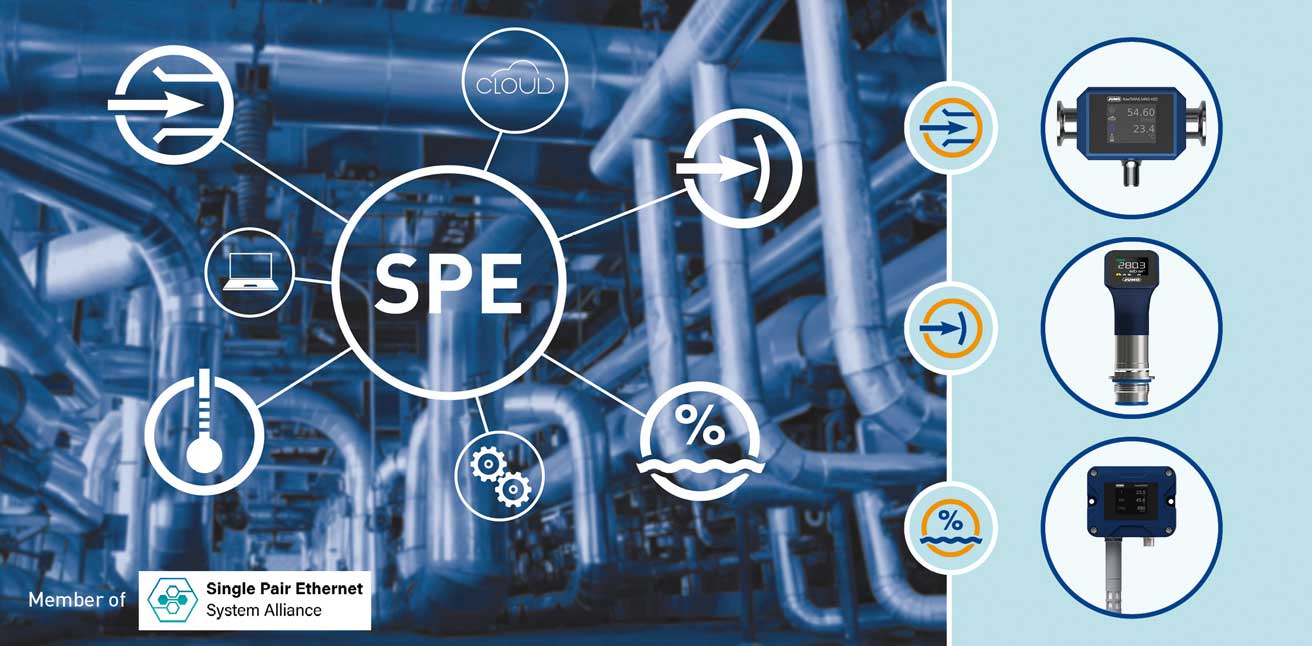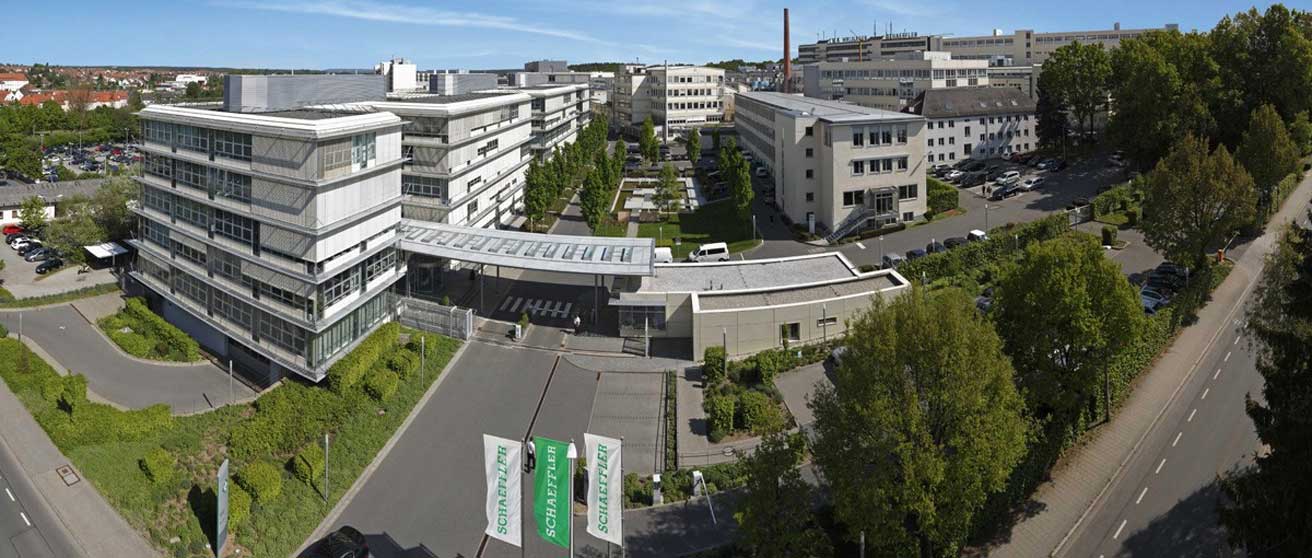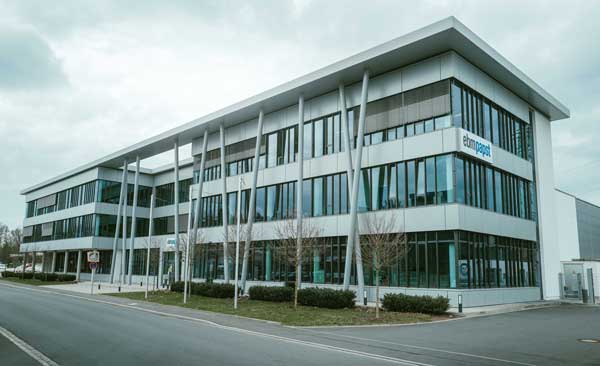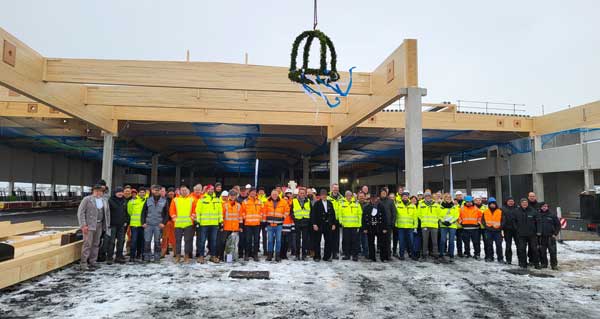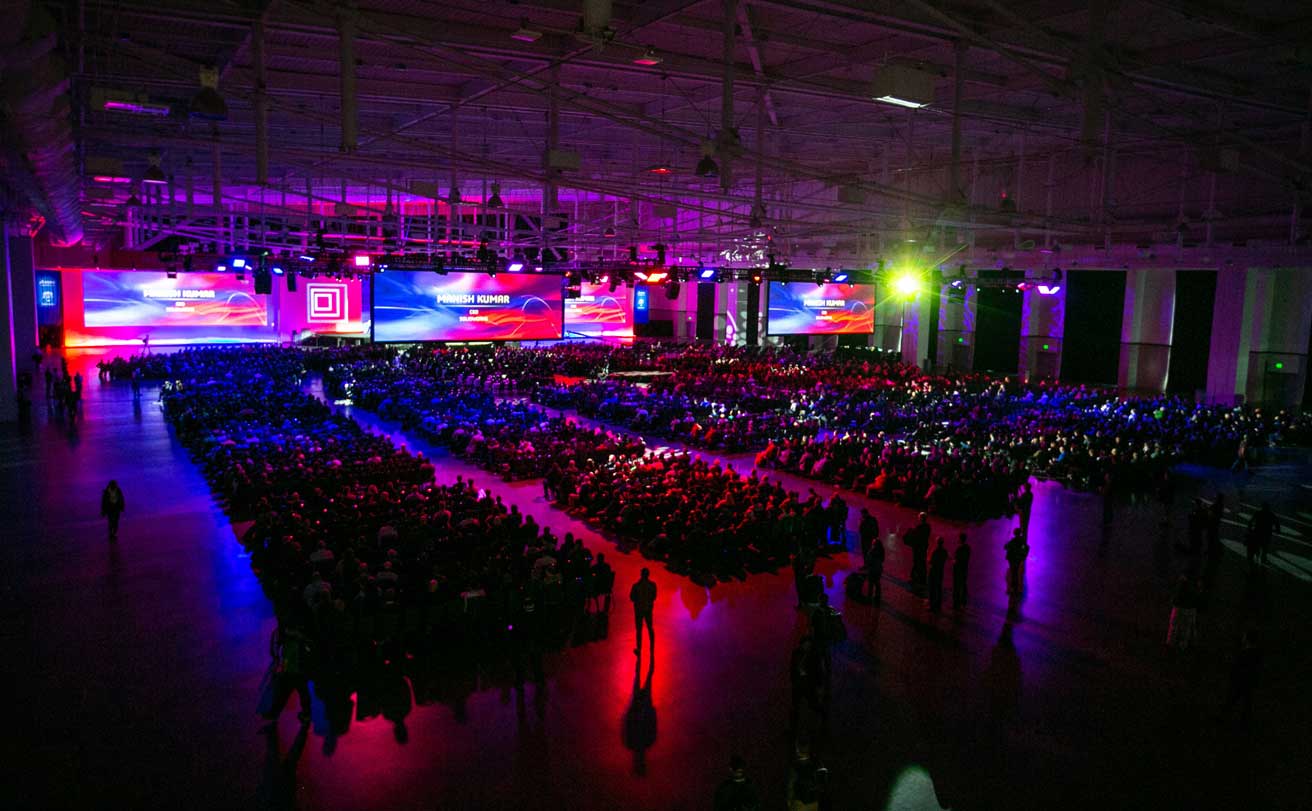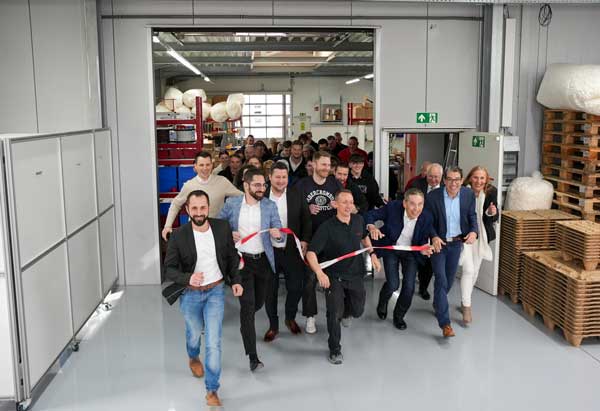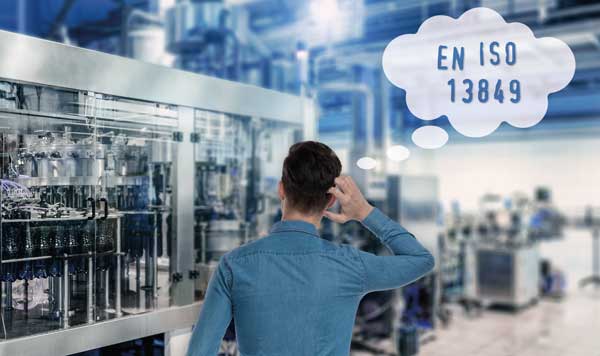Industry News: News and other company news
Industry news from the companies
- Details
- Category: Automotive development for emobility, autonomous and conventional
- Hits: 8299
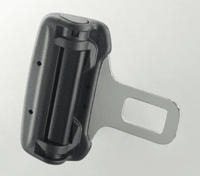 Effective immediately, TRW is equipping seat belt systems with the dynamic locking tongue "Dynamic Locking Tongue - DLT". The compact and inexpensive component offers considerable improvements for the comfort and safety of the vehicle occupants. This is because the tongue reacts to the load on the belt strap: during the normal fastening and unfastening process, the belt strap slides particularly easily through the tongue, while it is locked in the event of a collision or heavy braking. Vehicle manufacturers around the world are showing great interest in the new technology, which has now gone into production in North America.
Effective immediately, TRW is equipping seat belt systems with the dynamic locking tongue "Dynamic Locking Tongue - DLT". The compact and inexpensive component offers considerable improvements for the comfort and safety of the vehicle occupants. This is because the tongue reacts to the load on the belt strap: during the normal fastening and unfastening process, the belt strap slides particularly easily through the tongue, while it is locked in the event of a collision or heavy braking. Vehicle manufacturers around the world are showing great interest in the new technology, which has now gone into production in North America.
Lightweight and compact, the DLT consists of a tongue, swivel clamp and integrated spring. The strap-on and neck-down procedures and normal seat belt use allow the DLT to slide freely through the tongue to ensure comfort and ease of use in everyday use. However, if the belt is loaded with more than 45 N - for example, in a full braking or collision - the DLT locks the webbing to reduce, together with other restraint systems, the load on the chest of the vehicle occupant.
"The dynamic tongue is an extremely simple but effective solution for regulating the energy of a vehicle occupant during a collision," said Norbert Kagerer, Vice President Engineering at TRW Occupant Safety Systems. "It works in harmony with other belt system technologies such as the belt tensioner or force limiter and reduces the pressure on the chest. This will help us meet the more stringent test criteria of Euro NCAP and USNCAP. "
Tests by TRW have shown that the DLT in lock mode prevents the webbing from slipping through the tongue. By using the DLT, the pelvic region of the vehicle occupant could be better fixed in the seat. This made it possible to improve the strain and cushioning of the thorax in different vehicle types and sizes.


